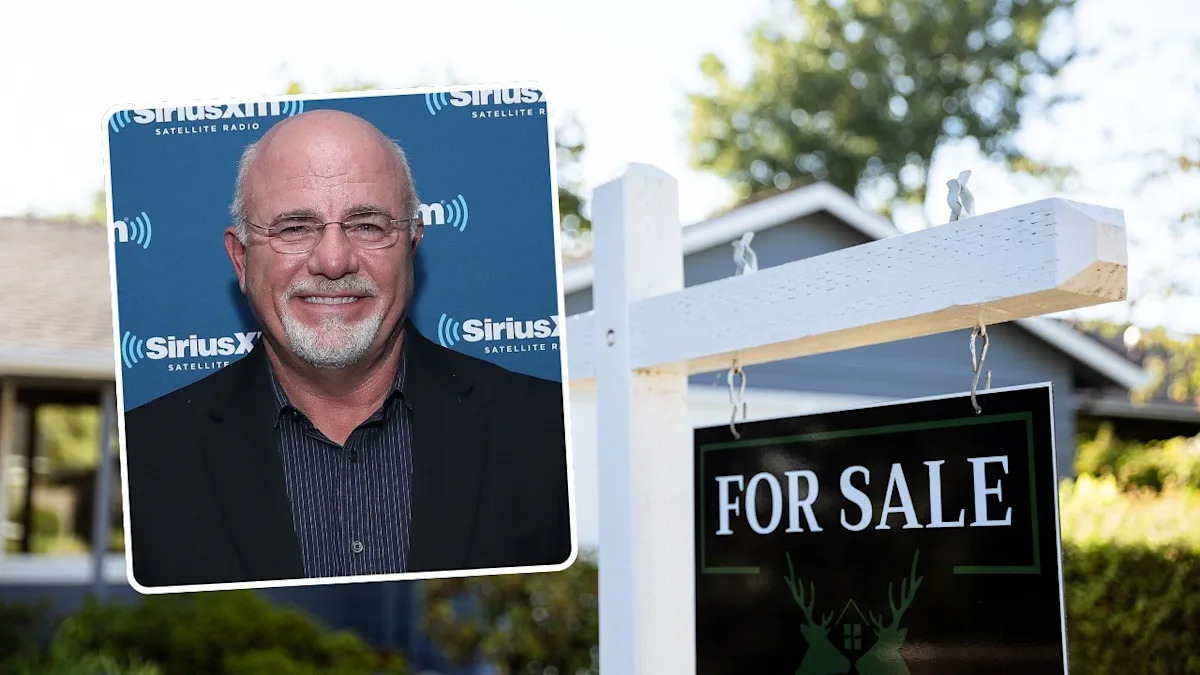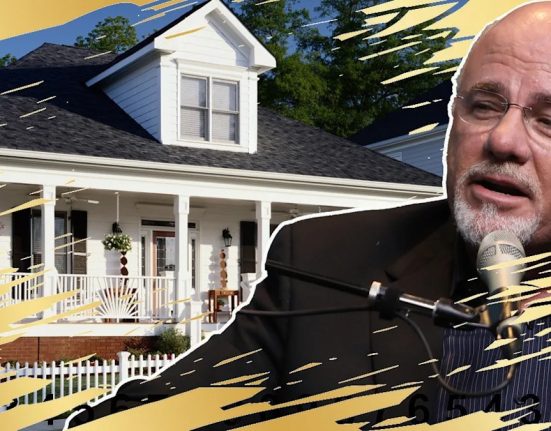For years, financial expert Dave Ramsey has been urging consumers to never take out a mortgage for longer than 15 years, even if that means buying a smaller home.
At the core of his argument is that this will help homeowners be free from debt sooner, offering more financial freedom.
However, critics are taking issue with this piece of advice these days, arguing that it’s increasingly out of touch with today’s high prices, high rates, and stagnating wages, especially for first-time buyers. In other words, they say this rule does not hold true in 2025.
What Dave Ramsey gets right—and what critics are pushing back on
According to Ramsey, “the shortest path to wealth is to avoid debt. And the best way to do that is to either buy a house with cash or go with a 15-year mortgage, which has the overall lowest total cost—and keeps borrowers on track to pay off their house fast.”
He further argues that, as a homeowner, you don’t want to be burdened by debt for decades. You’ll save thousands of dollars in interest and own your home faster, hence having equity.
However, there has been mounting criticism of this advice, both by critics and social media personalities, who argue that in today’s financial climate, a 15-year mortgage often prices people out of decent neighborhoods.
“The idea is excellent in theory, and it is practical for some people in some areas of the country. But it’s not practical for the average person, and waiting your whole life to buy a house with a 15-year mortgage means you’ll miss out on building equity and security,” says Melanie Musson, insurance and finance expert at insurance marketplace Clearsurance.com.
Running the numbers: What’s the real cost difference?
Many experts agree that Ramsey’s rule is good on paper. The interest savings are enormous, and the discipline of a larger, mandatory payment keeps many people from letting extra cash slip into lifestyle creep.
Chad Harmer, Certified Financial Planner, mortgage broker, and real estate agent at The Harmer Group, shares this real-world example: For a $400,000 home purchase with a 20% down payment, the 15‑year payment is roughly $2,876 a month, and you’ll pay about $198,000 in interest over the life of the loan.
“Stretch that same loan to 30 years, and although the payment drops to $2,129, the lifetime interest almost doubles to $446,000—nearly a quarter‑million dollars more. That math is hard to argue with,” he says.
Yet, Harmer also notes that critics have a point in that affordability math has changed dramatically.
“In many U.S. metros, starter homes often land north of $700,000. A 15‑year amortization can push a borrower’s debt‑to‑income ratio well past 40%, instantly disqualifying first‑time buyers,” he says.
Liquidity matters, too: Housing equity is terrific, but it isn’t accepted at the grocery checkout, he notes, and younger buyers juggling student debt or variable income often need the breathing room a 30‑year schedule provides.
“There’s also opportunity cost to consider. Suppose you redirected the payment difference—around $747 a month in the earlier example—into a diversified portfolio earning 7%. In that case, you’d have roughly $237,000 after 15 years, almost matching the interest you saved while keeping the money liquid,” he explains.
What financial advisers say about the 15-year mortgage rule
Whether this rule is right for you depends on several factors, and the decision ultimately comes down to your unique financial situation.
Scott Lindner, national sales director at TD Bank, says that a 15-year mortgage is typically best suited for individuals who prioritize paying off their home faster and can comfortably afford the higher monthly payments.
“It can also be ideal for individuals who are focused on building equity quickly, whether to retire debt-free or leverage home equity in the future,” he says. However, it’s essential to consider that the higher monthly payments might reduce flexibility in the budget for things like investing, savings for retirement, or covering unexpected expenses.
He adds that a 15-year mortgage is typically best for people who have already established strong financial stability, have adequate savings, and can comfortably commit to a more aggressive payment schedule without straining other financial goals.
Creative middle-ground solutions
Now, there are also middle-of-the-road, more nuanced approaches. For instance, Lindner says, borrowers can achieve many benefits from a 15-year mortgage without committing to higher payments.
“One approach is to take out a 30-year loan and ask your lender for a 15-year amortization schedule. This allows borrowers to make higher payments voluntarily but fall back to the lower amount if needed,” he says.
Another option is to make one extra mortgage payment a year.
Clearsurance.com’s Musson says that if you get paid biweekly, you can pay your mortgage with your paychecks. That will add up to one extra payment.
“Alternatively, when you receive three paychecks, make an extra half-payment on your mortgage,” she adds.
How can you build equity quickly without overstretching
Lindner notes that for clients who want to build equity without overstretching their finances, the first step is to meet with a trusted loan mortgage officer to review their financial situation and help them complete a cash-flow analysis to understand their long-term goals better.
“A loan mortgage officer can help assess what payment structures make sense, whether that’s exploring shorter loan terms, making extra principal payments, or considering products like biweekly payment schedules that can help accelerate equity growth without requiring a drastic change to monthly budgets,” he says.
He adds that it is also important to ensure a strong foundation is in place, such as maintaining healthy emergency savings, managing other debts, and clearly understanding future financial commitments.
“Ultimately, the right strategy balances the desire to build equity faster with the need to preserve financial flexibility and protect long-term stability. A loan officer can help tailor a plan that fits both,” according to Lindner.
Another tip: Keep total housing costs—including any extra payments—below 28% of gross income, says Harmer.
“Ramsey’s rule isn’t wrong, it’s just context‑blind. A 15‑year mortgage is a fantastic tool for households with high, predictable cash flow and a solid safety net. For everyone else, flexibility plus disciplined, automated pre‑payments usually wins the long game—and keeps you from becoming house‑rich but life‑poor,” he says.






